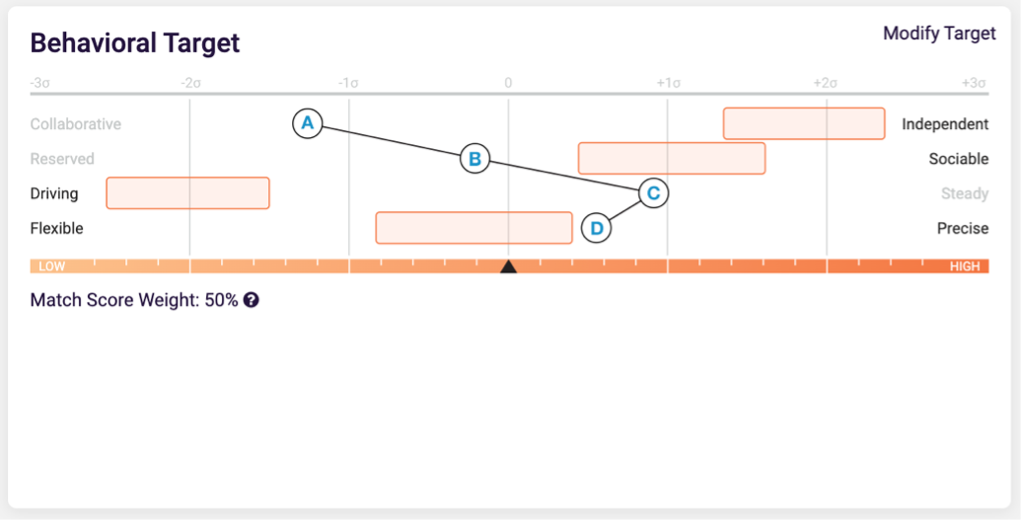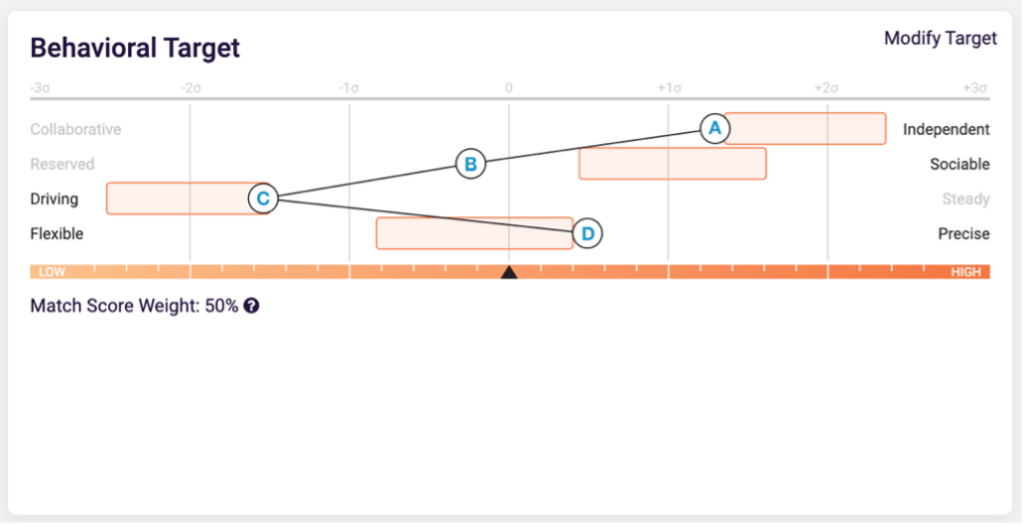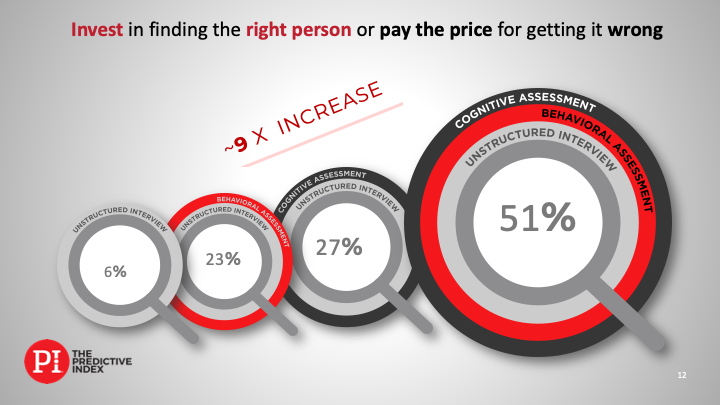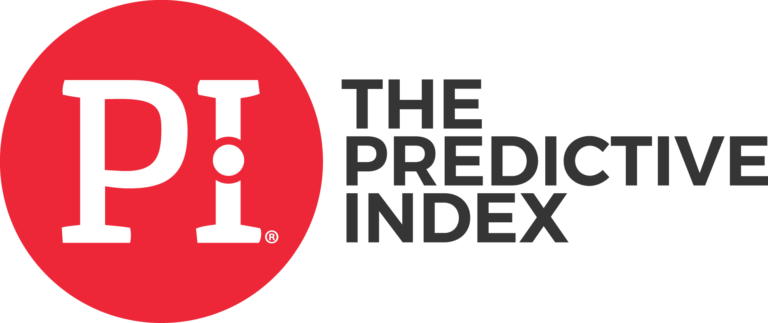CTA popup form
Sed ut perspiciatis unde omnis iste natus error sit voluptatem accusantium doloremque laudantium
"*" indicates required fields
A leadership journey like no other - join the Heartwired Evolution here.
Sed ut perspiciatis unde omnis iste natus error sit voluptatem accusantium doloremque laudantium
"*" indicates required fields
Many of us are familiar with the concept of profiling people. You may even use it in your recruitment process. But is it of as much value as you think it is?
Many of us are familiar with the concept of profiling people. You may even use it in your recruitment process. But is it of as much value as you think it is?
Well, that depends on how you use it.
It also depends on whether you have profiled the job you are hiring for from a behavioural perspective.
A job description is not a job profile, and a standard job profile is not the same as a behavioural job profile.
A job description generally lists the duties and key areas of responsibility of a job. A job profile describes, at a high level, the qualifications, experience, and skills needed in the job.
And we usually test whether a candidate meets these criteria by reading their resume and exploring the type of work they’ve done in the past during an interview.
That’s a traditional recruitment process, right?
In some cases, we incorporate profiling, such as DISC, once we’ve narrowed the field down to the final two or three short-listed candidates (and we do that because DISC profiling is a per person charge, and it’s not cheap! So, we save it for the final few and limit it to jobs that have high impact).
However, we’d be missing a vital, and incredibly important, step if we follow that traditional process.
Why?
Because at no stage in the traditional recruitment process do we consider the job’s behavioural demands.
Yet, I ask you to think back to the people you’ve had to let go, or the people you’re still tolerating, even though they’re not performing the job to the expected standard. You’ll have fired those who have gone for their behaviour. Or you’ll be tolerating those who remain despite their behaviour!
A behaviour is a direct expression of a person’s needs. If a person has a need for social interaction, they will seek opportunities to talk, socialise and persuade others. If a person has a need for variety, they will shun repetitive and routine work, choosing instead to follow the “bright, shiny object” and do the parts of the work that meet their needs.
Therefore, it’s crucial that we understand what behaviours a job demands to match those demands to people with corresponding needs.
For example, a data-entry job will require a person who is comfortable with routine, repetitive work, is highly accurate and precise, and who prefers to work within a technical, factual, “heads-down” space rather than a social, networking, people-oriented arena.
It makes total sense when you think about it.
Best practice recruitment in today’s world employs cutting-edge behavioural science and technology to build a behavioural profile of a job, before we go looking for candidates. That way, we know who and what we’re recruiting for.
Using The Predictive Index, we start the recruitment process by describing the behavioural demands of the job, creating landing strips (see the orange zones below) that describe where those behaviours fit in terms of drives and needs.

We then ask candidates to take The Predictive Index Behavioural Assessment (a short 5-minute, but incredibly accurate assessment) in order to measure their individual drives and needs.
And unlike a traditional recruitment process, the Predictive Index pricing model makes it possible for us to extend this assessment to every single candidate who applies. We never miss a diamond in the rough, just because their resume doesn’t read as well as some others.
Once we have both sets of data, we match the candidate to the job – needs behavioural requirements.
What we’re looking for is a candidate who lands predominantly on the landing strips.
Here’s an example of a poor behavioural fit (see how the candidate’s profile, designated by the letters, ABCD, don’t “land” in any of the orange landing strips?):

While this subsequent image is an example of a strong behavioural fit (see how the candidate “lands” in most of the orange landing strips, and how the pattern created by ABCD matches the pattern formed by the orange strips?):

The more aligned the candidate is with the behavioural demands of the job, the higher the chance of a successful hire.
In fact, research conducted by the scientists behind the algorithms of The Predictive Index, demonstrates that by using behavioural and cognitive assessments the predictability of on-the-job success is 9-times higher than employing traditional unstructured interviewing.

So next time you need to hire someone (or if you want to understand why an existing employee keeps avoiding parts of their job), think deeply about the behavioural demands of the job itself and aim for alignment between person and job, behaviourally.
Of course, you could always take the short cut and have a conversation with us about The Predictive Index platform and how it will help you predict on-the-job success nine times more than any traditional approach to hiring or current workforce optimisation.
Want to test how accurate the behavioural assessment is? Take it yourself for free right now. It only takes 5-6 minutes. Then let’s chat as I walk you through your very own PI profile.
Take the free Predictive Index behavioural assessment to gain insight into your personal drives, needs and behaviours
